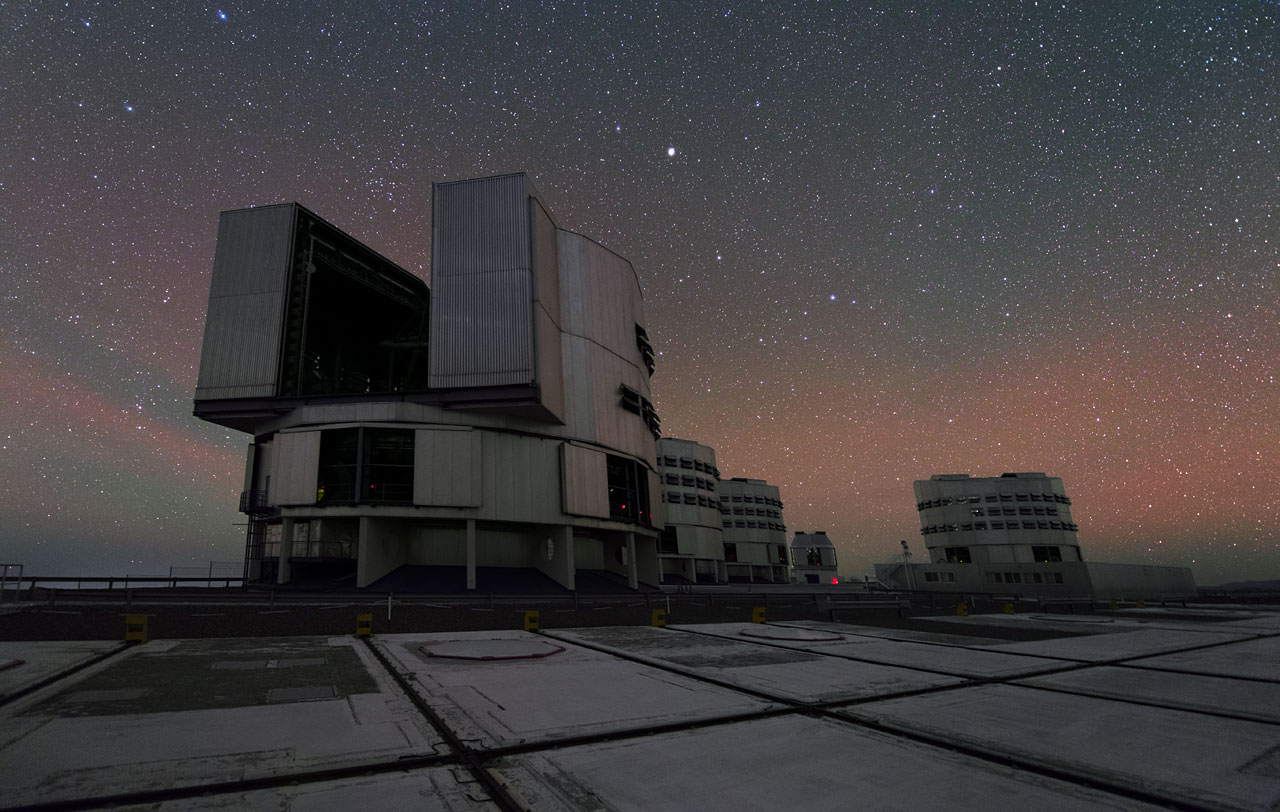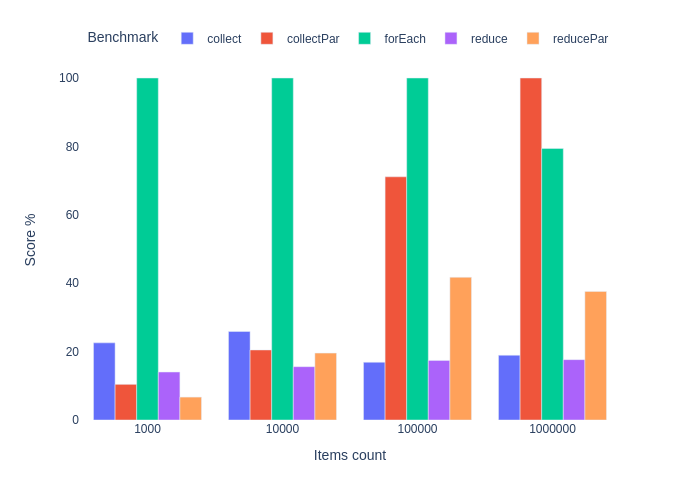ESO Observatory Observatory Gets New Image of the Cat’s Smile Nebula

This orange-red cloud, part of the Sh2-284 nebula, can be seen in impressive detail thanks to data from the European Southern Observatory (ESO) VST Survey Telescope. This nebula is teeming with young stars as the gas and dust in it clump together to form new suns. In the cloud you can see the muzzle of a cat that smiles at us from the sky.
Star nursery Sh2-284 is a vast region of dust and gas, and its brightest part, visible in this image, is about 150 light-years across (over 1,400 trillion kilometers). It is located about 15,000 light-years from Earth in the constellation Monoceros.
At the center of the brightest part of the nebula – just below the “cat’s nose” – is a cluster of young stars known as Dolidze 25, generating powerful radiation and wind. The radiation is powerful enough to ionize the hydrogen gas in the cloud, thereby creating its bright orange and red colors. It is in such clouds that the building material for new stars exists.
Winds from the central cluster of stars push gas and dust out of the nebula, devastating its center. When the winds encounter denser accumulations of material, they run into resistance, so areas around them are washed out first. This creates several pillars pointing towards the center of the nebula, which can be seen around the edges of Sh2-284 – like the pillar on the right side of the frame. Although these pillars appear small in the image, they are actually several light-years wide and contain vast amounts of gas and dust from which new stars form.

This image was created using data from the VST Survey Telescope, owned by the Italian National Institute of Astrophysics and located at ESO’s Paranal Observatory in Chile. The VST is designed to map the southern sky in visible light and uses a 256-million camera specially designed for very wide-angle imaging. This image is part of the Southern Galactic Plane and Bulge VST Photometric Hα Survey (VPHAS+), which has studied about 500 million objects in our home galaxy, helping us better understand the birth, life, and eventual death of stars in our Milky Way.





